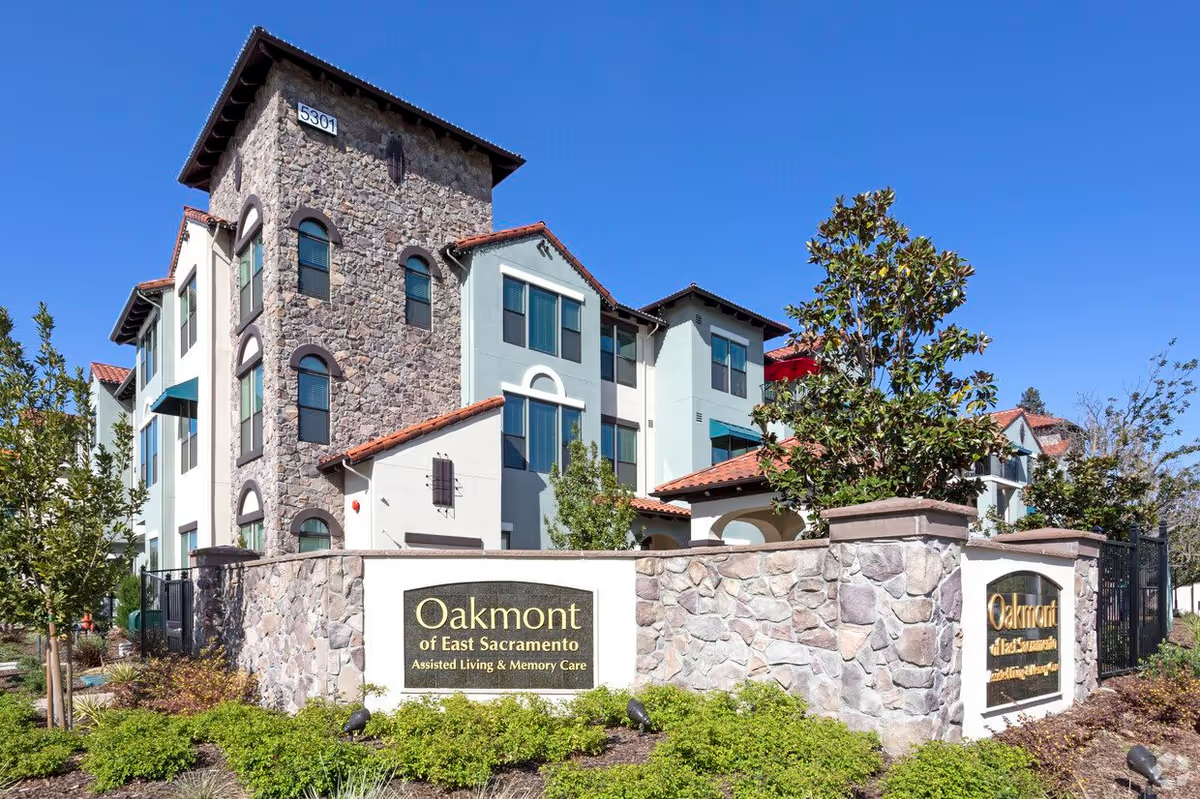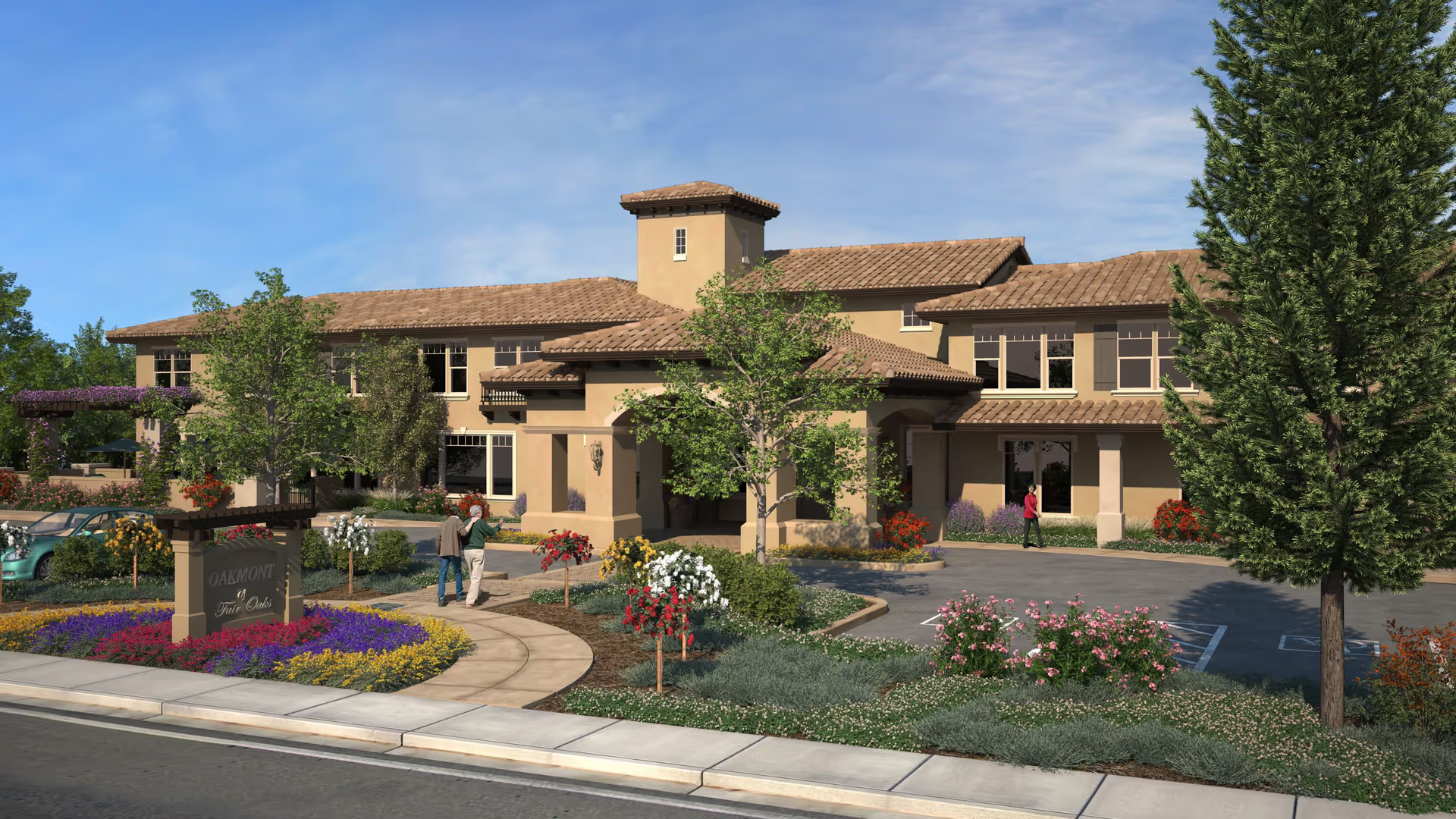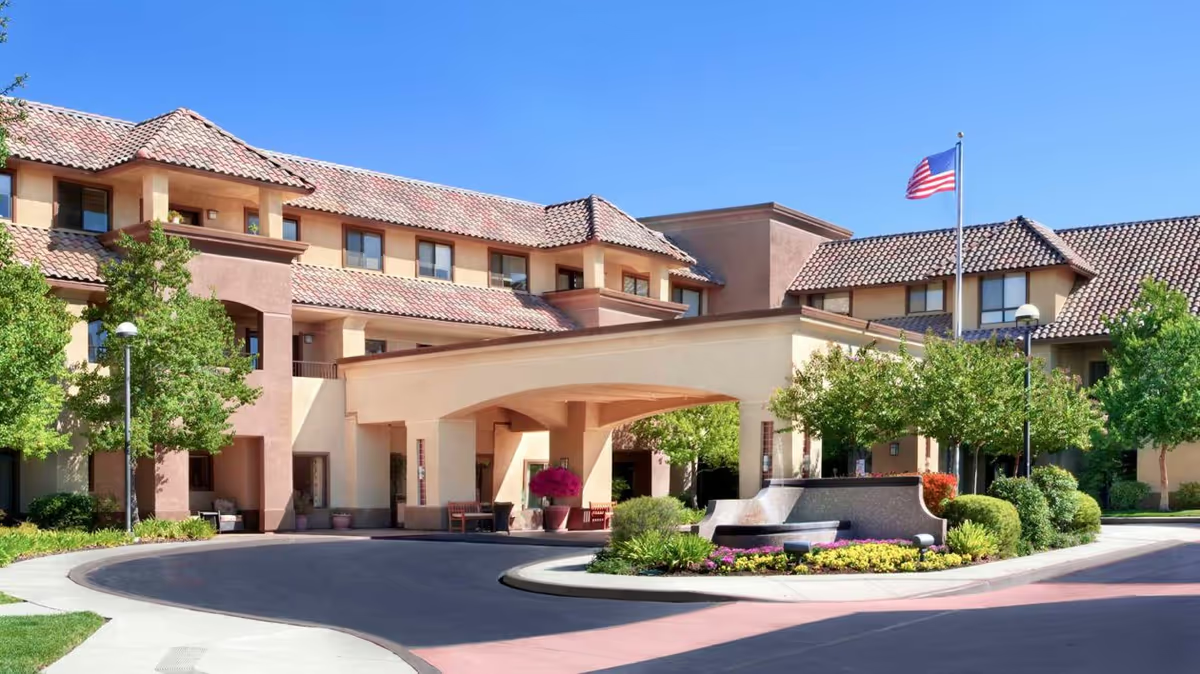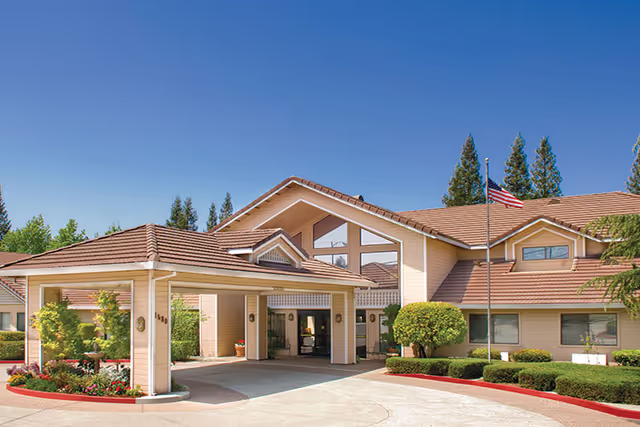The reviews for Windsor Elmhaven Care Center show a deeply polarized and volatile set of experiences. A subset of families report competent, even excellent, therapeutic care (notably physical and respiratory therapy), compassionate individual staff members, successful clinical outcomes (including ventilator/trach weaning), and improvements in the facility's public areas such as a renovated lobby and dining room. In these positive accounts staff are described as welcoming, communicative, and professional; therapy services are singled out as a consistent strength; some reviewers also praised food, cleanliness in parts of the building, and engaging individual caregivers.
Conversely, a substantial and recurring theme across many reviews is severe concern about basic nursing care, safety, and sanitation. Multiple reviewers allege neglect (residents left in feces/urine, not showered, prolonged unchanged diapers), serious avoidable medical complications (pressure ulcers/stage 5 ulcers, maggots in wounds, pneumonia, sepsis), and even deaths that families attribute, at least in part, to facility care. There are repeated accusations of long wait times for staff response to call lights (reports of 20+ minutes or residents crying for hours), nurses and CNAs being unresponsive, and after-hours or emergency contacts being unreachable. Reports of unsafe incidents — residents dropped from wheelchairs or beds, mismanagement of blood sugar, and inappropriate discharges of severely ill patients — raise concerns about clinical oversight and risk management.
Staffing, communication, and management practices are another major thread. Many reviews mention chronic understaffing and high staff turnover, including turnover in administration and social services. Families describe inconsistent care quality tied to staffing levels: on some shifts or with certain team members care is attentive, while other times residents appear neglected. Communication problems are frequently cited — missed call-backs, front desk unresponsiveness, and nurses failing to inform families or physicians in a timely manner. Several reviewers assert active mismanagement or profit-driven priorities, alleging that the facility prioritizes billing or census over resident welfare. There are also multiple allegations of dishonesty by staff and administration, as well as reports of theft or mismanagement of residents’ personal belongings.
Facility condition and infection control appear inconsistent. While some observers note a newly updated entry area and pockets of cleanliness, other reviews describe strong urine odors in halls and rooms, soiled linens, dirty laundry left unattended, and even roach infestations. These environmental issues, combined with reported care lapses, contribute to infection risk and a perception of inadequate hygiene standards. COVID-era visitor restrictions are mentioned as amplifying safety concerns by limiting family oversight when errors allegedly occurred.
Rehabilitation and activities receive mixed feedback. Therapy teams (physical and respiratory) are among the most consistently praised departments, with reviewers crediting them for measurable patient progress. At the same time, other families say therapy sessions are too short or overstated, the rehabilitation gym is underused, and there is no real rehabilitation for some patients. Social and recreational activities are present (bingo, dining opportunities), but reviewers ask for more exercise equipment, longer therapy sessions, and better use of rehabilitation spaces.
Several reviews describe serious regulatory or legal escalations: ombudsman involvement, mandated reporter filings, calls for investigations, planned protests, and requests to shut the facility down. These accounts, together with reports of unchecked abuse, missing or mishandled belongings, and allegations of stolen items, suggest that some families believe external oversight is warranted.
Overall, the pattern across reviews is one of extreme variability. Strengths appear concentrated in therapy services and in individual staff members who go above and beyond. Weaknesses are systemic and include nursing care quality, staffing adequacy, hygiene, safety practices, communication, and management responsiveness. For prospective residents and families this means risk depends heavily on current staffing, specific care teams, and management practices at the time of admission. Given the number and severity of negative reports, families should exercise caution: verify current ownership and management status, check recent inspection and ombudsman records, request and review the resident care plan and staffing ratios, tour multiple times including evenings/nights if possible, confirm the functionality of call systems and emergency contacts, secure a clear written communication protocol, and consider keeping valuables documented and secured. If caring for a high-acuity patient, pay particular attention to nursing coverage, wound and skin care protocols, infection control practices, and documented therapy regimens, and maintain close oversight until you are confident the facility consistently meets standards of safe, dignified care.







